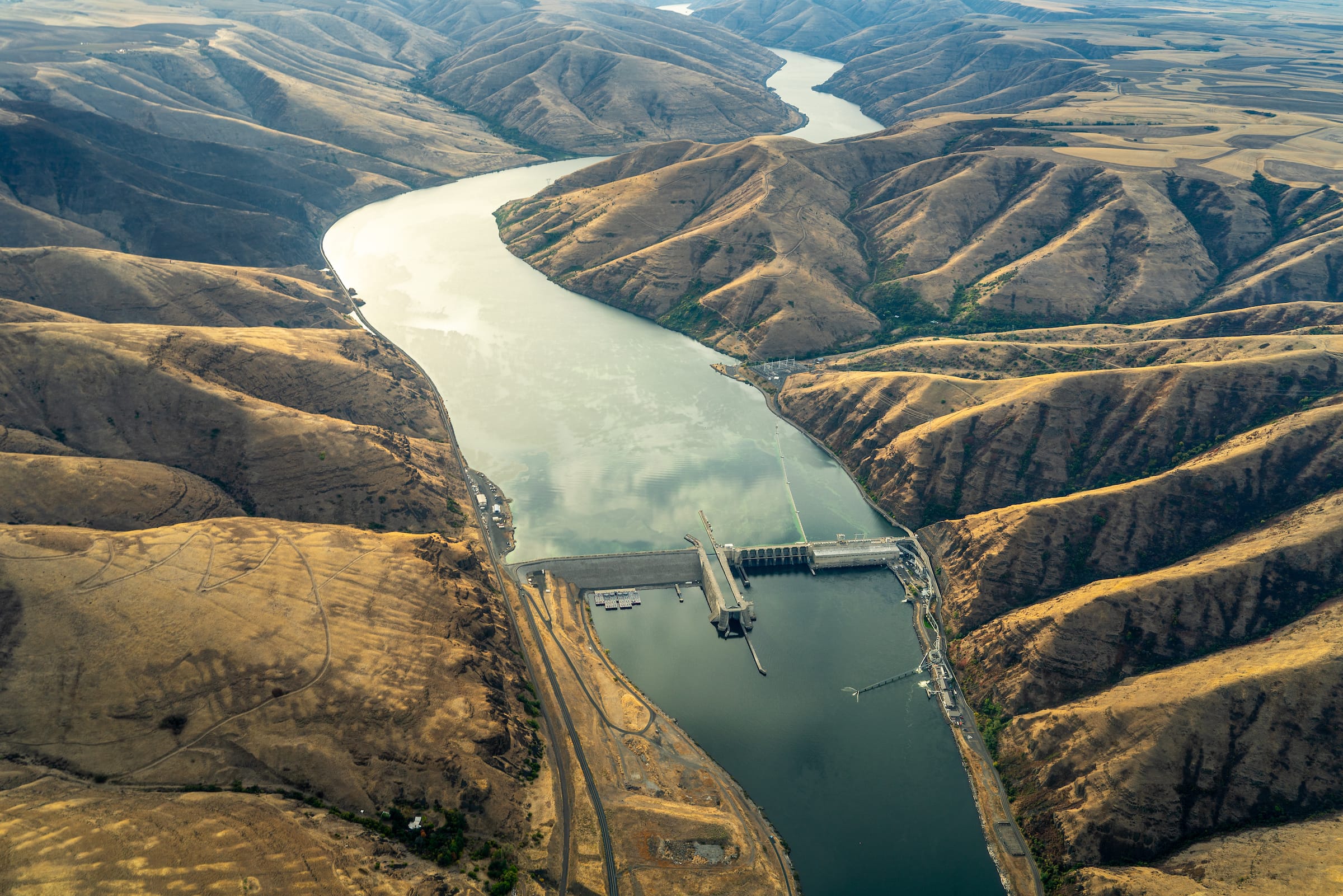Trout Unlimited vice president of government affairs, Lindsay Slater, represented salmon advocates in Congress Tuesday at a hearing ominously titled, “Left in the Dark: Examining the Biden Administration’s Efforts to Eliminate the Pacific Northwest’s Clean Energy Production.”
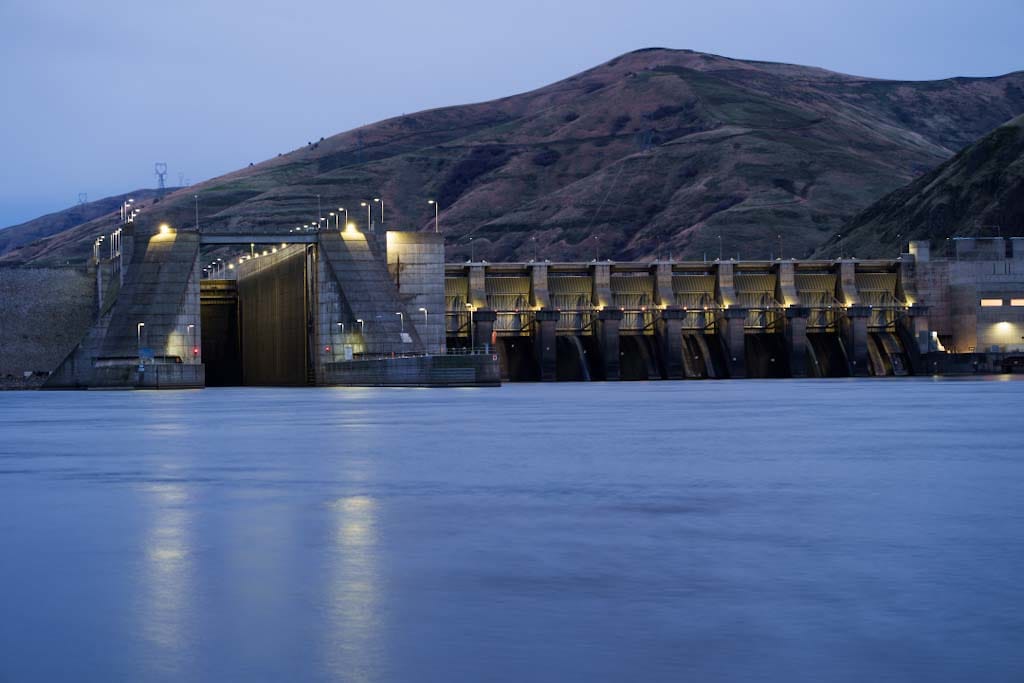
Slater, who grew up on a fifth-generation family farm on the Wallowa River in eastern Oregon, told the committee that we can and will replace the services of the lower four Snake River dams, but we can’t save salmon with the dams in place.
“If we allow salmon to go extinct, we are breaking the covenant with the Pacific Northwest sovereigns. This covenant is not an implied responsibility to the Tribes – it is an explicit legal obligation in Treaties, as enshrined in the U.S. Constitution,” Slater said in the hearing.
The House Natural Resources subcommittee on water, wildlife and fisheries took up the discussion based on a confidential document leaked from an on-going court case involving numerous litigants including Tribal nations, the State of Oregon, the National Wildlife Federation and others. Trout Unlimited is not a party to the lawsuit. The administration is expected to announce an agreement in the long-running lawsuit over Snake River salmon on Dec. 15.
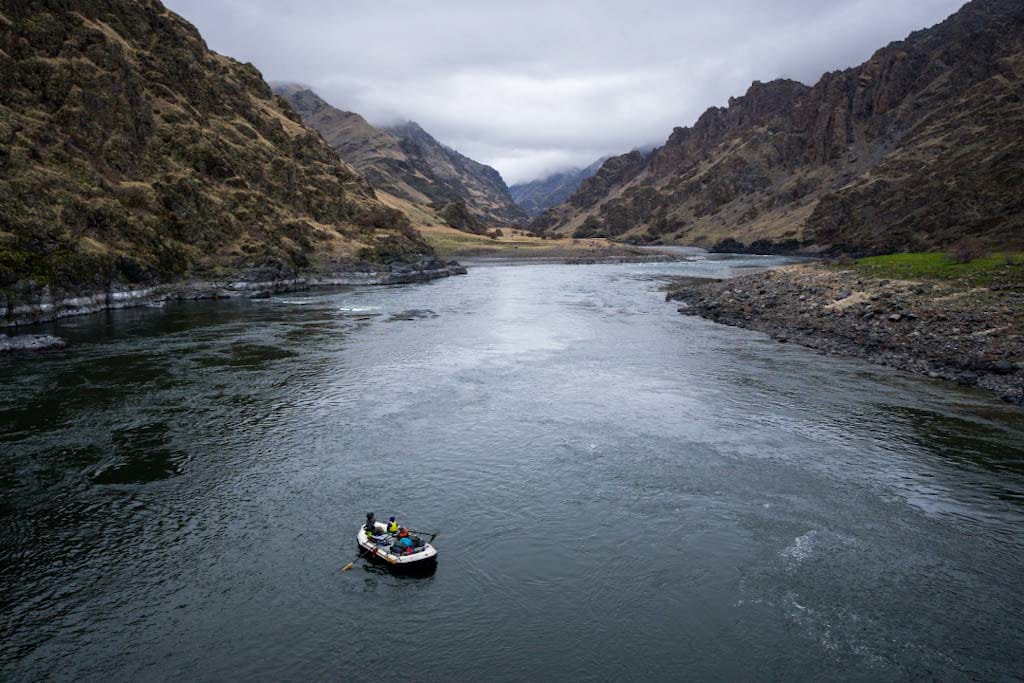
Despite the hyperbolic title, the Northwest will not be left in the dark when the lower four Snake River dams are removed. The dams provide less than 1,000 megawatts of annual generation and the replacement of that energy is already in progress. The lower four Snake River dams were built to provide 140 miles of barging along the lower Snake River. That project, authorized by Congress in the 1950’s and constructed beginning in the 1960’s, has doomed wild Snake River salmon and steelhead. These fish once returned in the millions and made up more than half of all production for the entire Columbia Basin. Since the completion of the lower four dams, Snake River runs have declined precipitously and now hover near extinction.
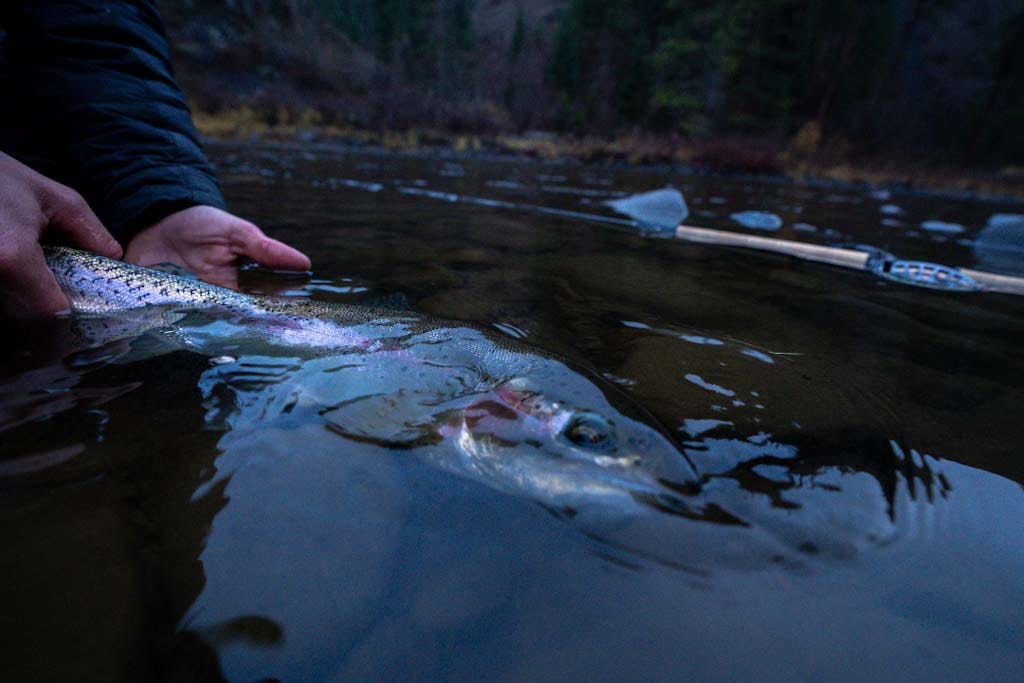
The current legal negotiations are part of an evolving discussion about removing the lower four Snake River dams that was kickstarted in 2021 by Idaho republican Mike Simpson, who proposed bringing down the dams and lifting the region up on new infrastructure projects. That idea has been furthered by Sen. Maria Cantwell and Gov. Jay Inslee, both of Washington, who studied the idea in depth and concluded that replacement was feasible.
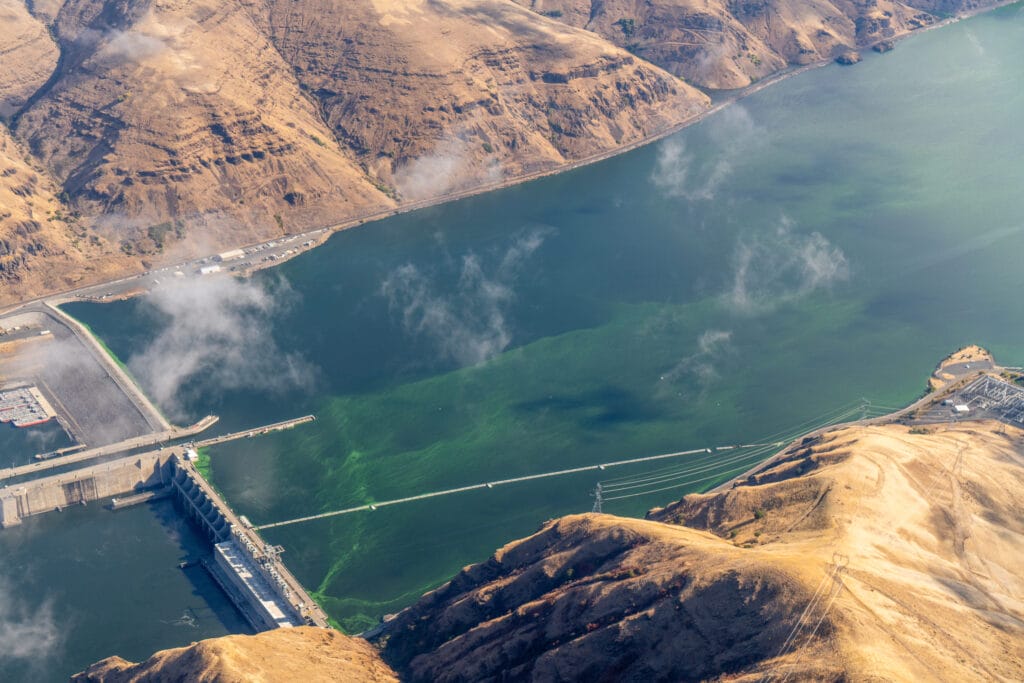
Slater concluded by invoking TU’s president and CEO Chris wood, “… we can save salmon. We can take care of stakeholders and develop and build new sources of energy while modernizing our electrical grid. But doing nothing is failing future generations in the Pacific Northwest, Tribes and salmon.”
Two days after the Congressional hearing, the Biden Administration announced a 10-year partnership with tribes and states to restore wild salmon, expand clean energy production, increase resilience and provide energy stability in the Columbia River Basin. The agreement, which makes significant federal investments in the Snake River Basin, is a step towards salmon recovery and upholding our commitment to Northwest tribes, but time is running out.
We must urgently act instead of standing idly by while our wild salmon slip into extinction. Northwest tribes are leading the way – offering innovative energy solutions that protect wild fish and our regional economy. But Congress must decide to move quickly to create a comprehensive solution that moves the Northwest forward and saves salmon.



